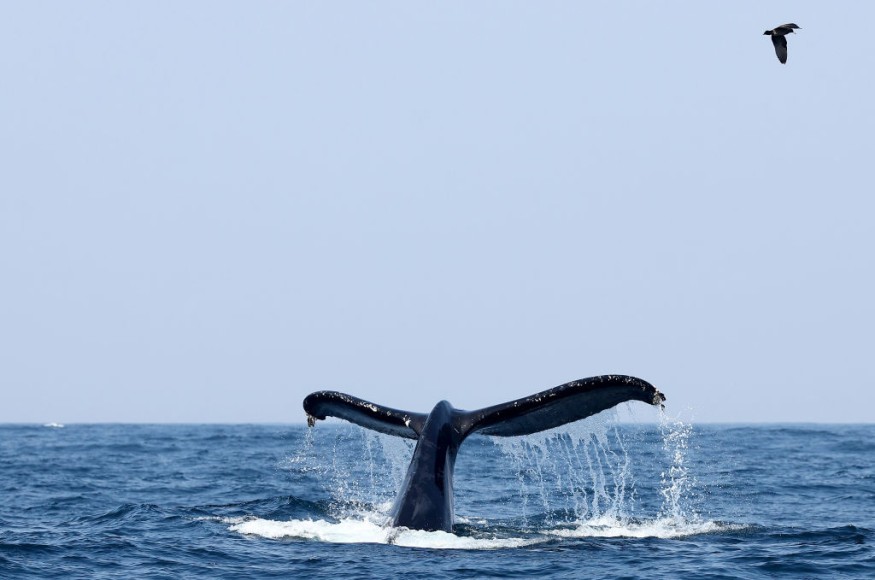
The decline in the North Atlantic right whale population may be slowing down, but scientists warn that this does not indicate the critically endangered animal is recovering.
The North Atlantic right whale population, which lives off the coast of the United States, dropped by about 25% from 2010 to 2020, with only 364 whales remaining as of 2021.
But according to a consortium of academics, industry participants, and government officials that monitor whales, the total number of whales is now about 356.
Major Threats
Right whales continue to suffer serious risks.
Entanglements in fishing gear and being hit by boats are the primary causes of death and damage to right whales; climate change and noise pollution are additional stresses.
This year, researchers at the New England Aquarium have recorded 32 injuries to right whales caused by boat collisions or being entangled in fishing gear. Two right whale deaths were reported: a 20-year-old male struck and killed by a boat and an orphaned newborn calf.
"Not only are human activities leading to the deaths of whales, but they're also leading to these injuries that aren't outright killing the whale, but they're stunting their growth. They're delaying reproduction in females," said Heather Pettis, a research scientist at the Anderson Cabot Center for Ocean Life at the New England Aquarium.
She believes that the whale population can only recover if birth rates rise while death rates fall.
Female right whales can begin giving birth as young as five or six years old, according to Pettis, and can have a calf every three to four years.
However, due to damage and a changing food supply, female right whales have been giving birth later and to fewer calves recently.
This year's calving season produced 11 calves, one fewer than the previous two years (18 in 2021 and 15 in 2022). Pilgrim, a 10-year-old whale, was the lone first-time mother in this year's bunch.
Read Also : US Government Says North Atlantic Right Whale Will Remain Under the Endangered Species Act
Warm Oceans
Scientists believe that rising oceans and climate change are contributing to the whales' decrease. The whales, which can weigh up to 100,000 pounds (45,359 kilograms), survive by eating microscopic water invertebrates known as copepods.
Every year, they migrate from calving areas off Florida and Georgia to feeding grounds off New England and Canada.
As the oceans have warmed, whales have been forced to venture outside of protected regions in search of food. As a result, they are vulnerable to collisions with large ships and becoming entangled in commercial fishing gear.
Conservationists want new rules in place to safeguard whales.
Federal officials have stated that they expect final action on a proposed vessel speed rule this year. Proposed new fishing legislation is also in the works, but it has sparked a protracted legal dispute.
"There is still hope for the species. Things are dire, that is true. But with the right things in place, like adjustments to the speed rule, there is still hope for the future," said Katie Moore, deputy vice president for animal rescue with International Fund for Animal Welfare.
The National Oceanic and Atmospheric Administration received around $82 million from the Inflation Reduction Act in September to assist in monitoring and protecting right whales.
The funds will be used to increase species monitoring along the east coast, develop a satellite tagging program, minimize boat strikes, and encourage fishermen to use whale-safe gear.
Related Article : Endangered Right Whale has 'Fighting Chance' After Being Disentangled off Georgia Coast [VIDEO]
Related Video:
© 2025 NatureWorldNews.com All rights reserved. Do not reproduce without permission.





